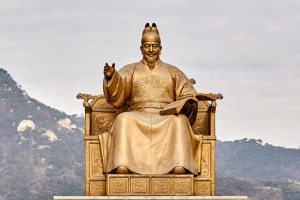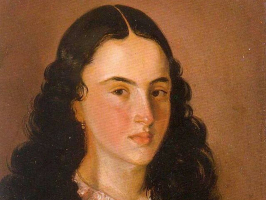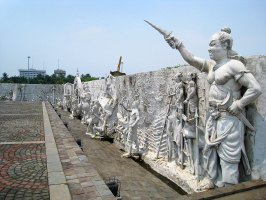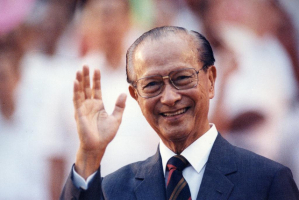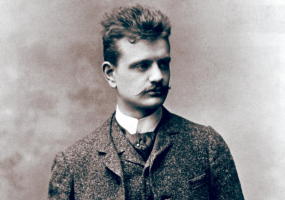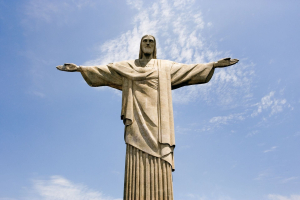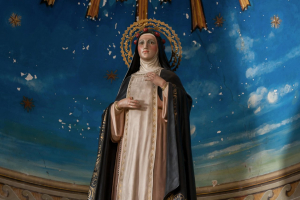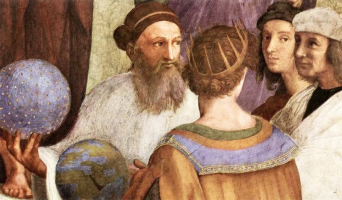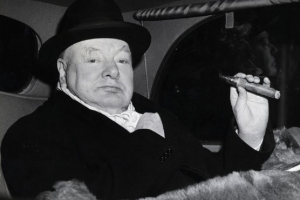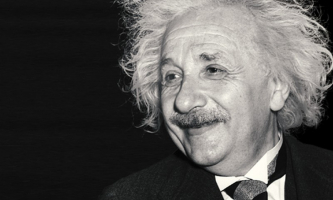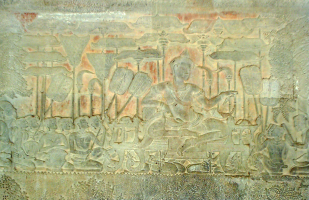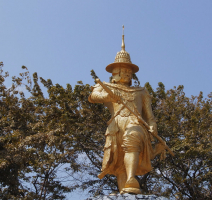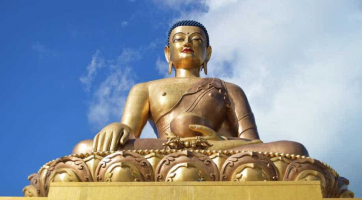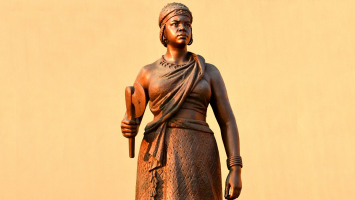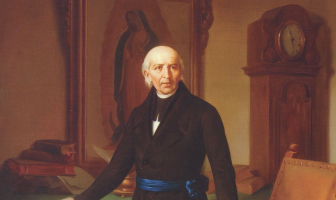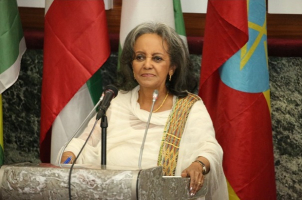Top 5 Most Important Historical Figures In Hungary
The vast list of notable Hungarians includes innovators, artists, scientists, athletes, and leaders in a wide range of other professions. They have ... read more...significantly improved both the nation and humanity. And here are the most important historical figures in Hungary.
-
Theoretical physicist Edward Teller (January 15, 1908 – September 9, 2003) was Hungarian-American. He is sometimes referred to as "the father of the hydrogen bomb", however he thought the moniker was offensive. In addition to his technical prowess, Teller was noted for having trouble getting along with people and having a volatile disposition throughout his life.
Teller, a well-known Hungarian scientist émigré who was born in Hungary in 1908, immigrated to the United States in the 1930s. He was one of the numerous so-called "Martians" in this group. He made important contributions to spectroscopy, surface physics, nuclear and molecular physics, and spectroscopy. While the Jahn-Teller effect and the Brunauer-Emmett-Teller (BET) theory have maintained their original formulation and are still mainstays in physics and chemistry, his extension of Enrico Fermi's theory of beta decay, in the form of Gamow-Teller transitions, provided an important step in its application.
Because of his support for the advancement of nuclear energy, a robust nuclear arsenal, and an active nuclear testing program, Teller continued to get backing from the American government and military research establishment. In his later years, Teller gained notoriety particularly for his support of contentious technological solutions to both military and civilian issues, such as Project Chariot, which involved the use of thermonuclear explosive to create an artificial harbor in Alaska, and Ronald Reagan's Strategic Defense Initiative. Numerous honors, such as the Enrico Fermi Award and the Albert Einstein Award, were given to Teller. At age 95, he passed away in Stanford, California, on September 9, 2003.
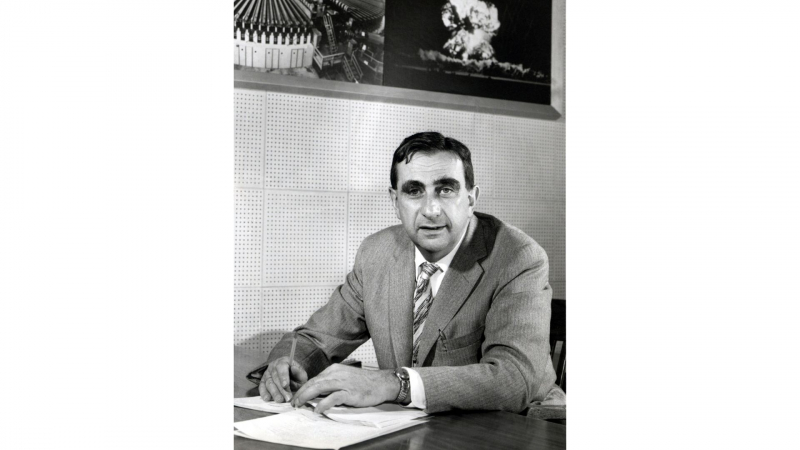
Photo: Wikipedia 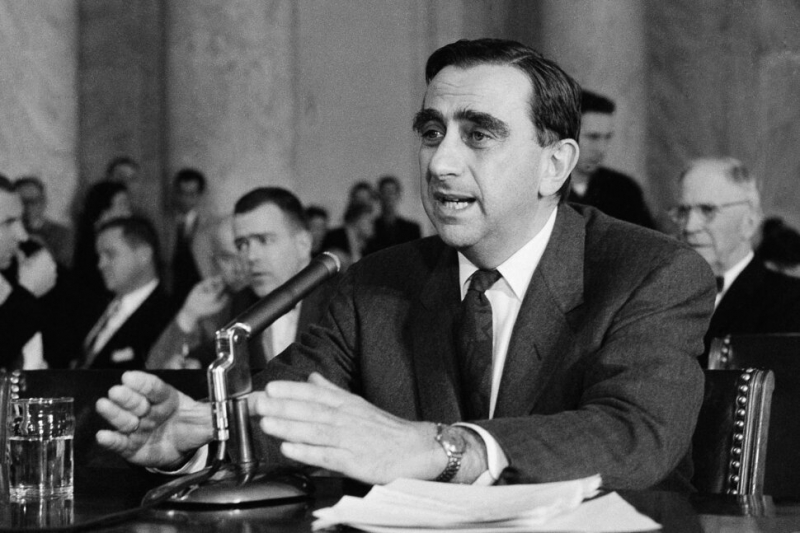
Photo: USNews.com -
Albert Szent-Györgyi is the next important historical figures in Hungary. Everyone alive today is grateful for Albert Szent-discovery of Györgyi's vitamin C since he was a science genius, secret agent, and anti-war activist. He led a life fuller than most. Szent-Györgyi studied medicine at Budapest's Semmelweis University. He was born into a distinguished Hungarian family that has produced generations of scientists, but his promising career was cut short when he was called to duty as an army physician in World War I. Szent-Györgyi shot himself in the arm and claimed it was enemy fire to gain medical leave because he was horrified by the savagery of the Great War. Szent-Györgyi excelled academically and was awarded research places at major universities. After receiving his PhD from Cambridge, he returned home to work at the University of Szeged.
Here, Szent-Györgyi worked with an unknown organic acid (sometimes using paprika), which turned out to be essential vitamin C. For this discovery, he was awarded the 1937 Nobel Prize in Physiology or Medicine. In order to aid Hungary's resistance organization during World War II, Szent-Györgyi traveled to Cairo in 1944 under the guise of giving a scientific lecture when he was actually meeting with the Allies for top-secret negotiations. Szent-Györgyi made significant advancements in the study of cancer and muscles after immigrating to the United States in the late 1940s. He was naturalized as an American citizen in 1955 and rose to prominence as a Vietnam War protester in the 1960s.
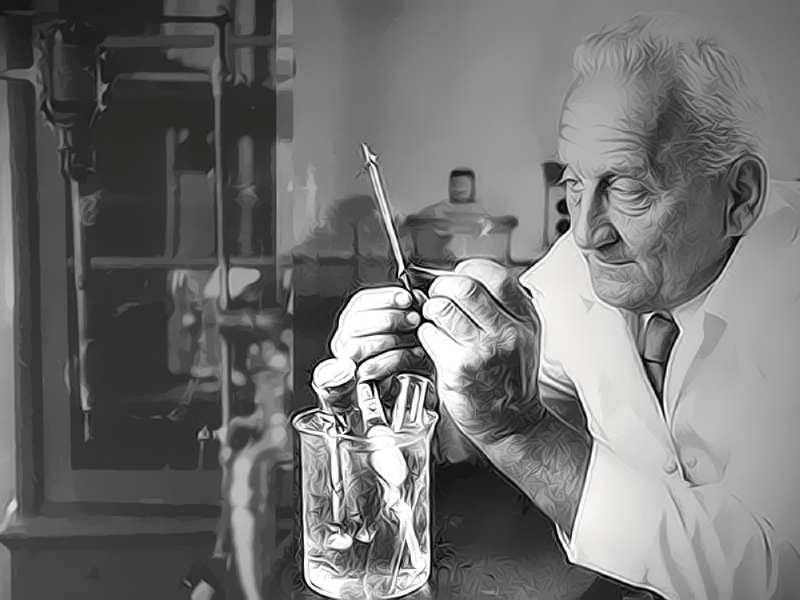
Photo: Balint Kacsoh 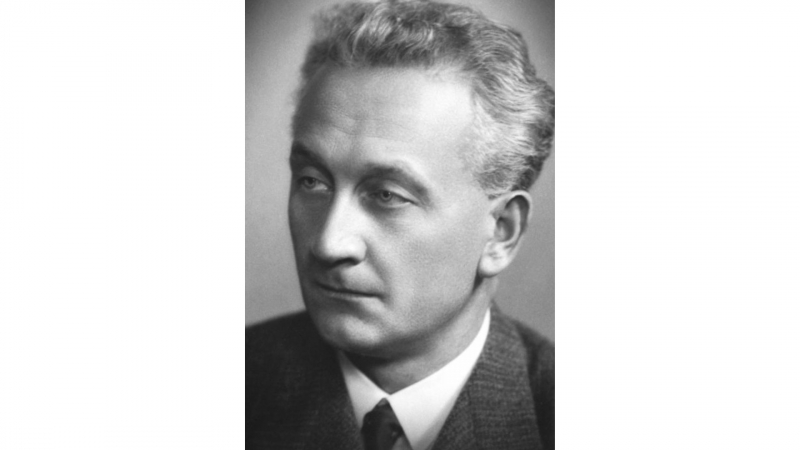
Photo: Nobel Prize -
Theodor Herzl, an Austro-Hungarian Jewish lawyer, journalist, dramatist, political activist, and writer, is regarded as the founder of contemporary political Zionism. He lived from 2 May 1860 to 3 July 1904. In an endeavor to establish a Jewish state, Herzl founded the Zionist Organization and encouraged Jewish immigration to Palestine.
Few activists had the same impact, controversy, and significance as him. His life path led him from a wealthy upbringing in Budapest's Jewish Quarter to founding the modern political Zionist movement and, decades after his death, to the creation of Israel. Herzl, the only child of a German-speaking secular-Jewish businessman, started his career as a journalist and initially supported assimilation of Jews into European culture. However, after covering the Dreyfus affair in Paris and witnessing the rife anti-Semitism of the Belle Époque era, he came to the conclusion that the only way for Judaism to survive would be the creation of a Jewish state, preferably in the religion's.
The State of the Jews, which Herzl wrote in 1896, attracted both supporters and opponents on a global scale. To further the movement, Herzl made presentations to world leaders like the German Emperor Wilhelm II and the Sultan of Turkey Abdulhamid II. Herzl traveled extensively after forming the World Zionist Organization to advance his idea, but at the young age of 44 he passed away from heart disease. His supporters, however, were successful in advancing the cause. Today, the Israeli Declaration of Independence makes reference to Herzl, and the square in front of Budapest's iconic Dohány Street Synagogue retains his name.
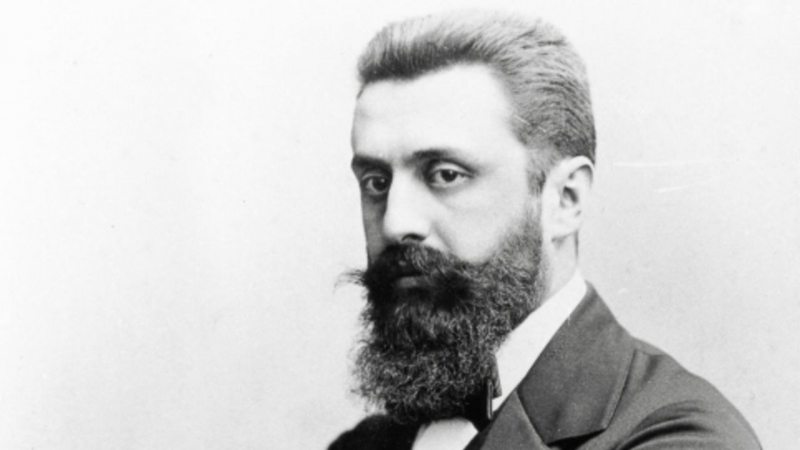
Photo: The Blogs - The Times of Isarel 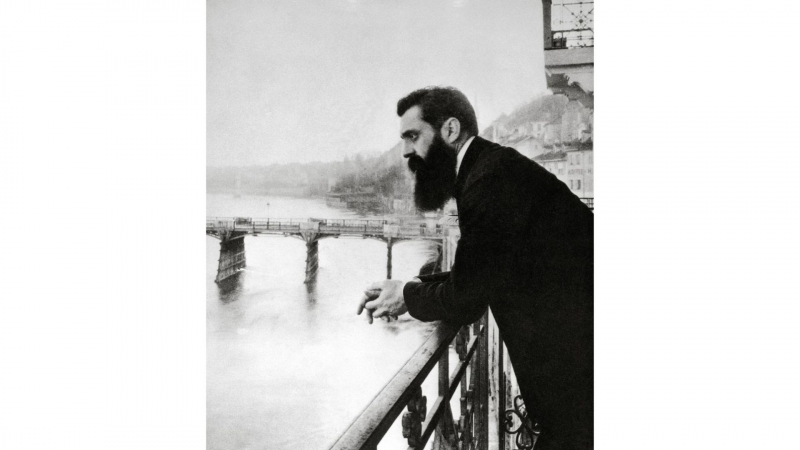
Photo: COLORIZING HISTORY -
László József Bíró, also known by his Spanish name Ladislao José Biro, was a Hungarian-Argentine inventor who received a patent for the first widely used modern ballpoint pen. He is also considered as one of the most important historical figures in Hungary. He was born László József Schweiger and died on October 24, 1985. John J. Loud had created the first ballpoint pen almost 50 years prior, but it was not a commercial success.
The ballpoint pen, created by Budapest-native László Bró, is likely the most well-known of the several inventions that Hungarians came up with before they became well-known abroad; millions of them are made and sold each day as the world's most-used writing tool. Bró, who was raised by a Jewish family in the Magyar capital, started his career as a journalist not long after graduating from high school. Bró struggled with the smudges and leaks that came with the pens of the day while pursuing his writing profession. Although he saw that newspaper printing ink dried rapidly, it was too thick to flow through a fountain pen's nib.
Together with his brother György, Bró developed a brand-new sort of pen tip that included a tiny metal ball that rotated in a socket and was used to roll quickly drying ink onto paper after being picked up from an airtight cartridge. When World War II broke out, László and György were compelled to leave Hungary for Argentina. This practical everyday item was a hit at the 1931 Budapest International Fair, and Bró copyrighted the innovation in Paris in 1938. Ballpoint pens were crucial instruments for Allied airmen since they performed far better at high altitude than fountain pens, which the brothers further refined there.
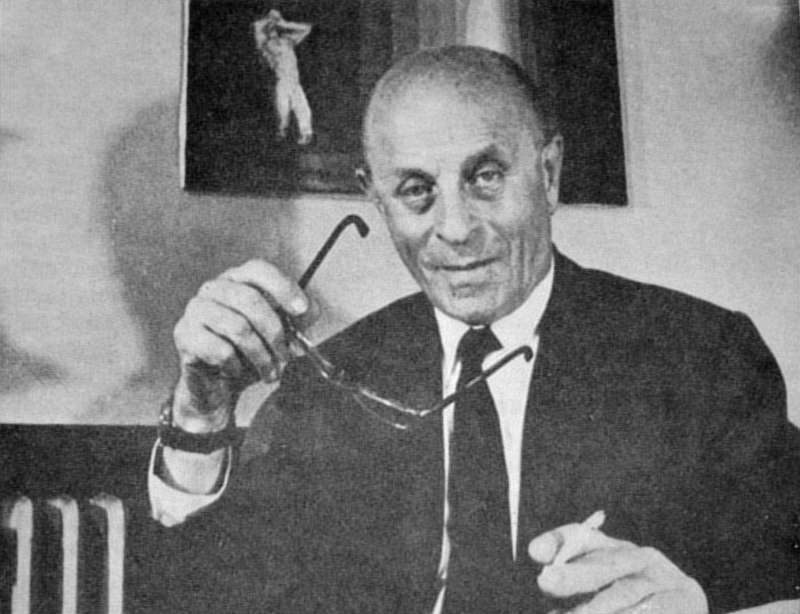
Photo: Wikipedia 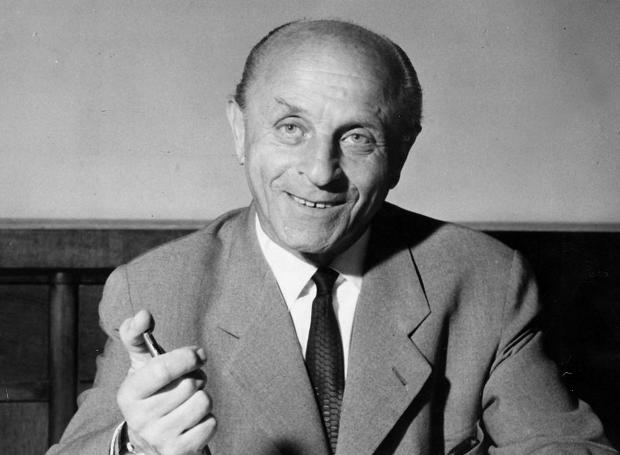
Photo: VPP MINH ANH -
John von Neumann was a Hungarian-American mathematician, physicist, computer scientist, engineer, and polymath. His Hungarian name was Neumann János Lajos, and he died on February 8, 1957. He was hailed as "the last representative of the great mathematicians who were equally at home in both pure and applied mathematics" and was stated to have had "the broadest coverage of any mathematician of his time". He combined the pure and applied sciences.
In addition to mathematics, physics, computing, and statistics, Von Neumann made significant contributions to numerous other subjects. He had a significant role in the creation of game theory, cellular automata, the universal constructor, and the principles of the digital computer. He was a pioneer in the application of operator theory to quantum physics in the development of functional analysis. Before DNA's structure was discovered, he examined how self-replication worked.
Von Neumann's fundamental contributions to game theory, continuous geometry, and quantum mechanics are difficult for most laypeople to understand, yet his groundbreaking work in computers made it possible for you to read this article onscreen right now. Together with fellow genius Edward Teller from Hungary, he made a significant contribution to the Manhattan Project by creating key elements for the first atomic and hydrogen bombs. He also established the concept of "mutual assured destruction," which today deters countries from starting nuclear wars.
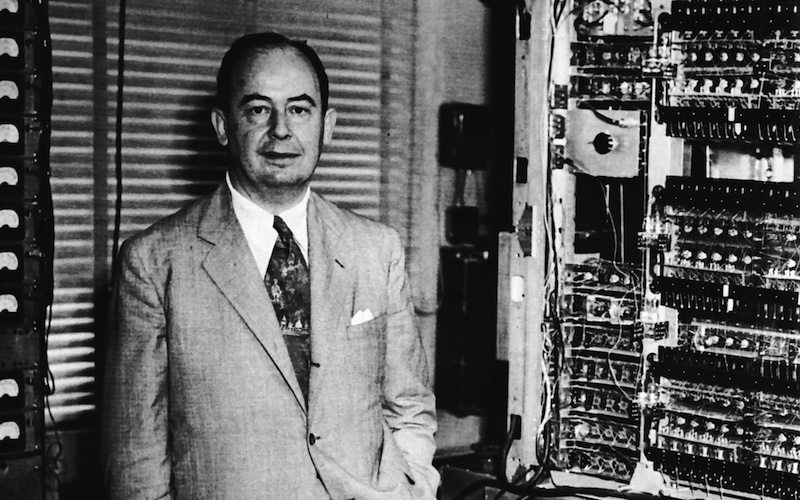
Photo: GoHighBrow 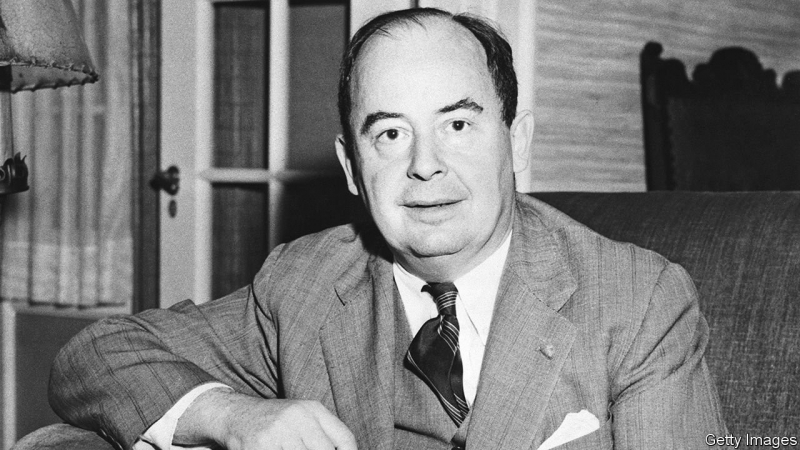
Photo: The Economist









